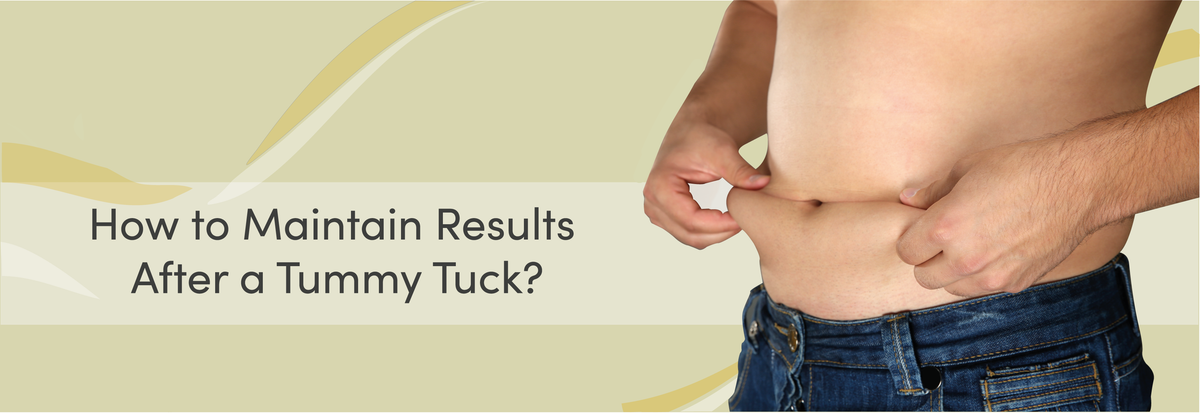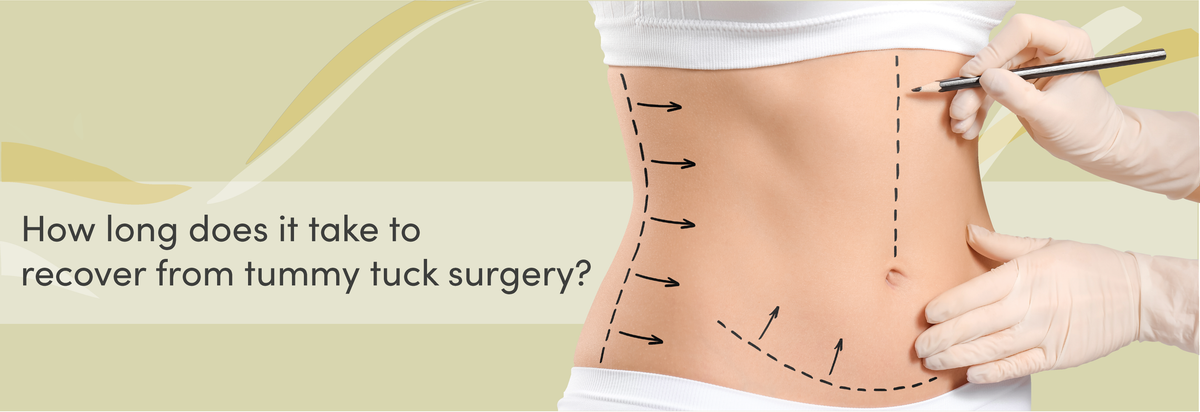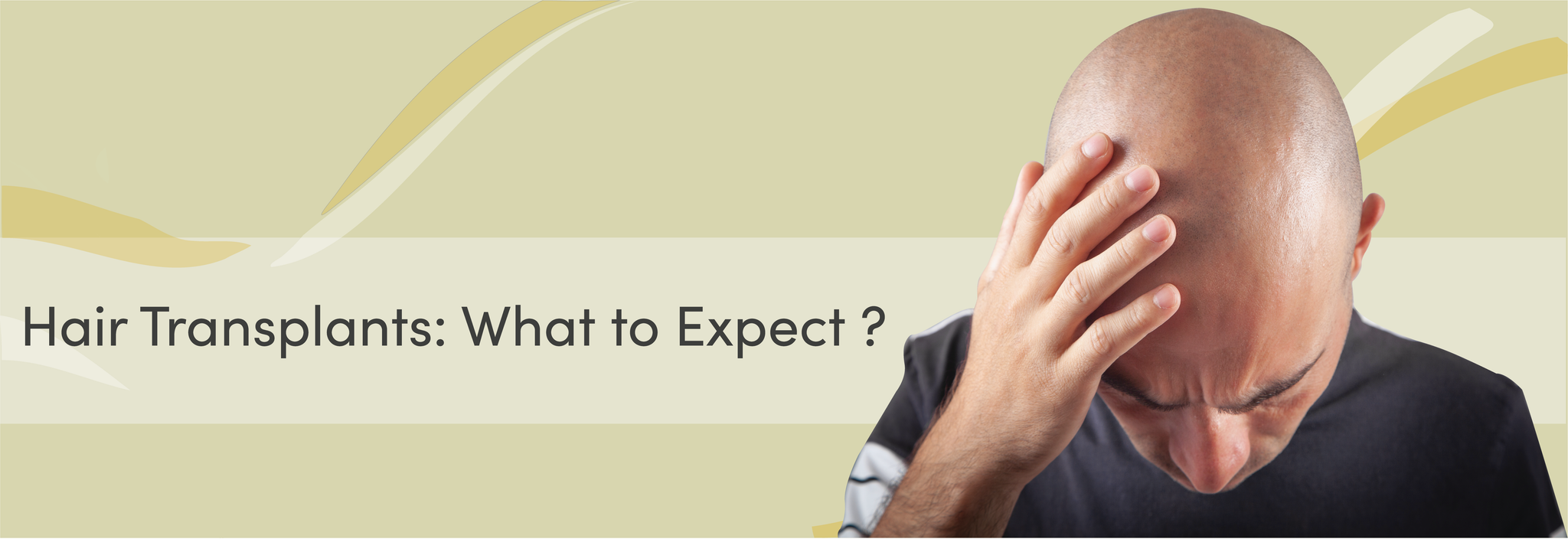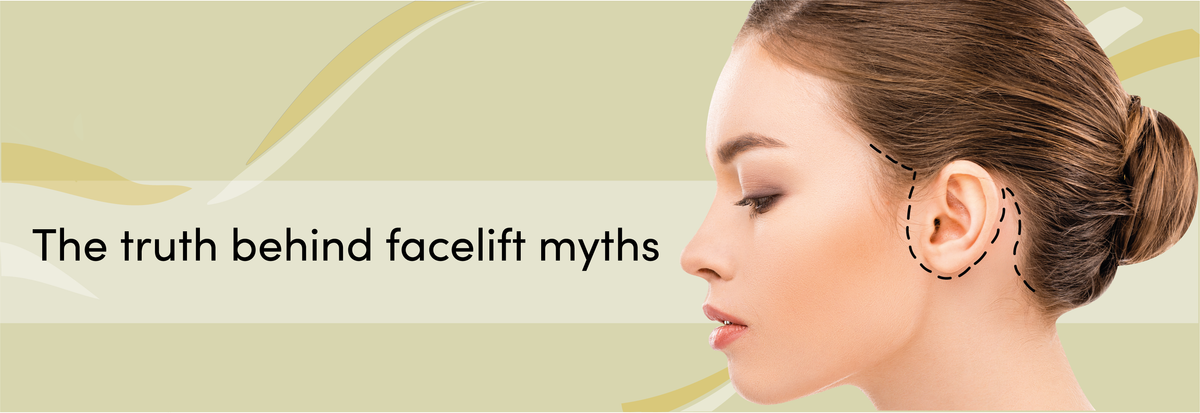Trapianti di capelli: cosa aspettarsi
Con circa 100.000 capelli sulla testa, perdere fino a 100 capelli al giorno è normale. Sebbene la caduta dei capelli non sia solitamente qualcosa di cui preoccuparsi, la perdita persistente di capelli o la calvizie spingono molte persone a cercare trattamenti per la perdita dei capelli o il trapianto di capelli per aumentare la quantità e lo spessore dei loro capelli.

Quali sono le cause della caduta dei capelli?
Sia gli uomini che le donne possono sperimentare la perdita di capelli nel corso della loro vita. La perdita di capelli ha molte cause, ma ecco alcuni dei fattori di perdita di capelli più comuni secondo l' American Academy of Dermatology Association :
- Genetica
- Età
- Stress e shock emotivi
- Malattia
- Cura dei capelli
- Infezione del cuoio capelluto
- Farmaco
- Chemioterapia o radioterapia
- Psoriasi del cuoio capelluto
- Infezione sessualmente trasmissibile
- Malattia della tiroide
- Carenza di vitamine. Biotina, ferro, proteine e zinco sono alcuni dei nutrienti più essenziali per capelli sani
- Squilibri ormonali
Alcuni tipi di perdita di capelli sono temporanei, mentre altri sono permanenti, come la calvizie androgenetica o l'alopecia cicatriziale. Se la perdita di capelli ti sta causando disagio, è meglio consultare il tuo dermatologo non appena noti i sintomi.

Quali sono i sintomi della caduta dei capelli?
Se hai difficoltà a distinguere tra perdita di capelli inspiegata e caduta normale, fai attenzione ai sintomi di perdita di capelli di seguito. Questi possono fornire una buona indicazione se stai vivendo una perdita di capelli che richiede un trattamento.
Diradamento graduale: controlla la tua riga e l'attaccatura dei capelli che si allargano. Se noti un diradamento graduale e sfuggente, potrebbe essere un sintomo di una condizione sottostante.
Capelli sciolti: Se se la spazzola raccoglie più capelli del solito, potrebbe essere un sintomo di caduta dei capelli.
Chiazze calve: potresti notare che i tuoi capelli cadono in chiazze calve circolari, che possono variare in dimensioni. Prima che i capelli cadano, la tua pelle potrebbe diventare pruriginosa o addirittura dolorante.
Caduta improvvisa dei capelli: quando si subisce uno shock emotivo, i capelli possono cadere all'improvviso. Questo tipo di perdita di capelli è solitamente temporanea e i capelli dovrebbero ricrescere presto.
Cos'è un trapianto di capelli?
Il trapianto di capelli è una procedura minimamente invasiva in cui i capelli vengono spostati da una zona del corpo, nota come sito donatore , a una parte calva del corpo, nota come sito ricevente .
Esistono diversi tipi di interventi di trapianto di capelli , tra cui innesto, riduzione del cuoio capelluto, chirurgia del lembo ed espansione dei tessuti. Il tuo dermatologo o chirurgo plastico sarà in grado di consigliarti il miglior percorso di trattamento in base alle tue preoccupazioni.

Qual è il processo di recupero dopo un trapianto di capelli?
Sebbene il processo di recupero dopo un intervento di trapianto di capelli vari da paziente a paziente, la maggior parte delle persone riesce a riprendere le attività leggere entro una settimana dall'intervento.
I primi giorni dopo l'intervento
Potresti sentire i siti ricevente e donatore dolenti, gonfi e contusi nei primi giorni dopo l'operazione. Tuttavia, il dolore e il fastidio possono essere gestiti con i farmaci prescritti dal tuo medico. Puoi anche lavare i capelli entro due giorni dall'operazione di trapianto di capelli, come consigliato dal tuo medico.
Gonfiore ed edema sulla fronte e intorno agli occhi sono gli effetti collaterali più comuni dopo il trapianto di capelli. Tuttavia, indossare una fascia dopo l'operazione può proteggerti da queste complicazioni e garantire un risultato migliore.
Una settimana dopo l'operazione
Durante la convalescenza , dovresti astenerti dallo sport, poiché un'attività intensa potrebbe aumentare il flusso sanguigno al cuoio capelluto e causare sanguinamento dei trapianti. Per assicurarti che la guarigione sia come previsto, il tuo medico ti chiederà di vederti parecchie volte, soprattutto durante il primo mese dopo l'operazione.
Da due a sei settimane dopo l'intervento chirurgico
È normale che cadano nuovi capelli entro sei settimane. Questo fa parte del normale ciclo di crescita dei capelli e i capelli inizieranno a ricrescere dai follicoli trapiantati. Con il tempo, i capelli trapiantati inizieranno ad apparire nativi sul cuoio capelluto e le chiazze calve scompariranno.
Da quattro a nove mesi dopo l'intervento chirurgico
A questo punto, la crescita di nuovi capelli inizia a essere visibile e sei finalmente pronto a iniziare a goderti i risultati. Questo è un buon momento per programmare un appuntamento di follow-up per controllare i tuoi progressi e discutere eventuali domande che potresti avere.

Domande da porre al medico
Capire cosa aspettarsi dopo il trapianto di capelli è essenziale per prepararsi alla convalescenza. Ecco alcune domande da porre al medico:
- Cosa evitare in termini di attività
- Quando tornare per le cure di follow-up
- Quali farmaci devi assumere dopo l'operazione?
- Come indossare la fascia e per quanto tempo
- Quanto tempo prendersi per andare a casa dal lavoro o dagli studi?
- Quanto tempo dopo la procedura è possibile fare il bagno?
Utilizzo di Calla Cool Band per un recupero senza dolore
Dolore e gonfiore sono complicazioni comuni dopo il trapianto di capelli. Durante questo periodo, le fasce possono aiutare a minimizzare il gonfiore, ridurre il dolore e accelerare il processo di guarigione.
La nostra Calla Cool Band è appositamente progettata per prevenire il gonfiore sulla fronte e alleviare il dolore nella zona donatrice dopo il trapianto di capelli. La cool band è leggera e comoda, realizzata in materiale elastico traspirante. La fascia è inoltre dotata di due tasche con impacchi freddi per offrire ai pazienti un trattamento freddo facile e a mani libere.
Porta via
Il trapianto di capelli ha guadagnato popolarità negli ultimi anni, con oltre 735.000 procedure di ripristino dei capelli eseguite in tutto il mondo nel 2019. Molti uomini e donne stanno ora scegliendo il ripristino dei capelli come un modo sicuro per trattare o persino prevenire la calvizie o la caduta dei capelli.
Sebbene questo articolo serva da guida generale per il recupero, è essenziale riconoscere che ogni persona vivrà la guarigione in modo diverso, a seconda del tipo di procedura, di eventuali problemi di salute e dell'aderenza ai protocolli post-operatori. Il chirurgo fornirà un piano di assistenza post-operatoria personalizzato in base alle proprie esigenze e al tipo di intervento chirurgico.
Riferimenti
Aad.org. 2022. Perdita di capelli: chi ne è affetto e quali sono le cause.
Cleveland Clinic. 2022. Trapianto di capelli: come funziona, percentuali di successo .
Società americana di chirurghi plastici. 2022. Recupero dal trapianto di capelli .
ISHRS. 2022. Infografica del censimento delle pratiche ISHRS .
Lascia un commento
I commenti saranno approvati prima di essere condivisi.
Anche in Blog

Come mantenere i risultati dopo un'addominoplastica
Molti di noi sognano una vita più piatta, soprattutto dopo una gravidanza, una rapida perdita di peso o fluttuazioni di peso costanti. Tuttavia, per molte persone, è quasi impossibile ottenerla solo con esercizio fisico e dieta.
Un'addominoplastica fornisce un modo sicuro ed efficiente per affrontare questi problemi e ripristinare l'aspetto piatto e sodo della tua sezione centrale. Prendersi cura del proprio corpo e mantenere una dieta sana e un regime di esercizi assicura che i risultati dell'addominoplastica durino per tutta la vita.
Se stai pensando di sottoporti a un intervento di addominoplastica, continua a leggere per scoprire i nostri consigli su come mantenere risultati duraturi dopo l'intervento.






